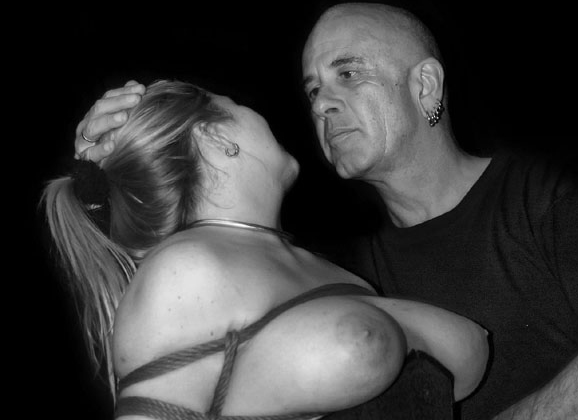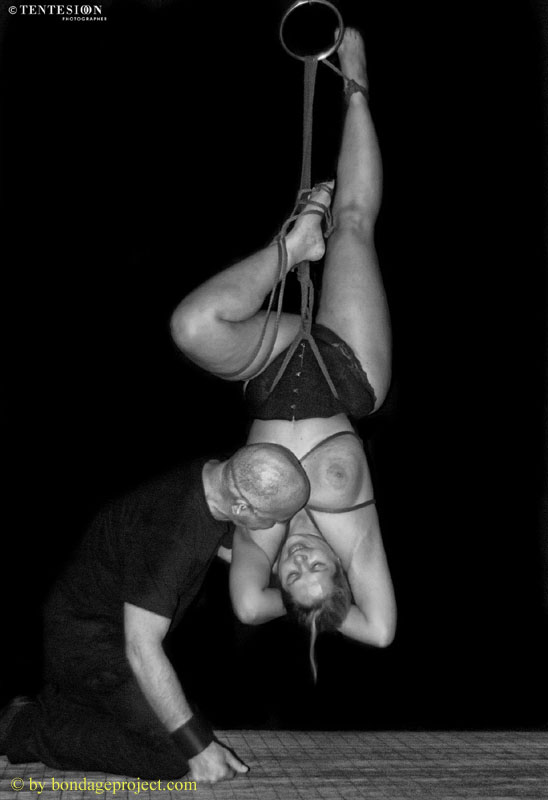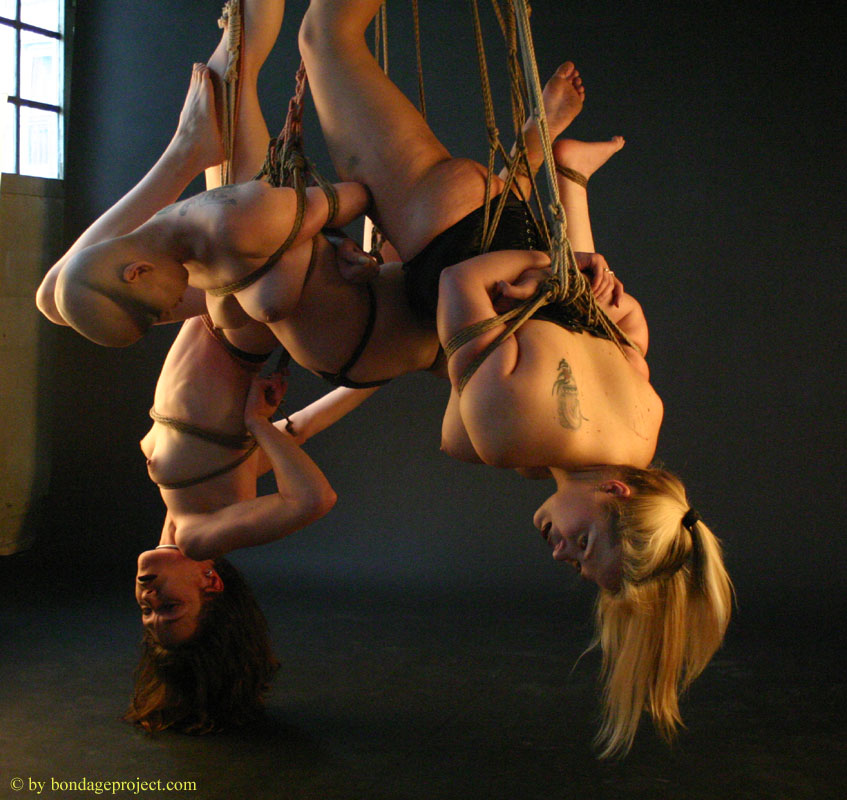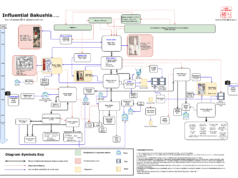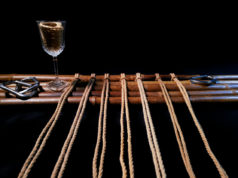Japanese rope bondage or shibari consists of more than a rope artist and his model – in its most beautiful form it expresses devotion and, in accepting the devotion, love, security, tenderness. It means holding someone and being held, responsibility handed over and accepted. The apparent restriction of movement by the ties may become a deep inner liberation; the body, forced into different positions, reaches a near meditative peace.
Similar to the seated and motionless Buddhist monks, the safety of the expertly used rope can become the way to a trancelike condition of inner rest.
The Europeans first met with Japanese style bondage in the middle of the 1970s in small, badly printed magazines. Titles like “Cherry Blossoms” even then emphasized the romantic-lyrical element over the pornographic. Currently, books like Nobuyoshi Araki’s “Tokyo Lucky Hole,” published by one of Japan’s most respected and legitimate publishers of photographic books, the spreading and increasing importance of images on the Internet and films like “Tokyo Decadence” all show Japanese bondage as an original part of erotic culture in today’s Japan. Meanwhile Shibari even forms part of everyday Japanese advertising and PR (Chiemsee) and is currently being taught to the curious and interested public in workshops, via mailing lists and the famous website www.kikkou.com.
Just as the Japanese had interest in and made use of the erotic sensibilities and visuals of western culture, integrating western forms and varieties into their own graphic arts, many rope artists in the West included some shibari influences from the land of the rising sun.
Naturally the question soon arose whether it is still shibari when western hands are tying the ropes around western bodies; even when the positions used are those derived from the basic forms of Japanese bondage. Using Japanese decorations like kimonos, bamboo, paper-covered sliding walls and bonsai, the western photographer tries to convey a mood similar to that in Japanese bondage photography. But still there is a decisive difference between the western and the eastern way of looking at things.
Japanese bondage pictures often show accessories totally missing in western photography: dildos, urinals, implements for enemas, vibrators; indications that suggest there is more going on than just an artistic/erotic performance. Also, there are different perspectives that compete in the several varieties of Japanese bondage photography. Sometimes the photographer is a chronicler of an erotic performance, sometimes a pornographer, and sometimes there is only the perspective of the pure artist.
Western shibari photography, though, is primarily an erotic experiment, an adventurous journey – but the perspective focuses on the beauty of devotion, of the bound body, at the mercy of the rope, of the withdrawn look of the apparent victim. Sex, let alone lasciviousness are existent in western bondage photography only in a transcended form.
There is one thing that both Japanese and Japanese inspired shibari photography have in common, the pictures are always playing with the look. The look of the model, the look of the photographer, and the look of the observer. This triangle is an ancient expression of Japanese eroticism. Three hundred year old woodblock erotic art (chunga) from 17th century Japan already shows the tensions between the devoted couple and also a female or male observer. Even in modern photography, when only one of the figures is depicted and the other characters in this erotic triangle are missing or stay abstract – the performance of flesh and rope, look and interior is effective only as long as this triangle exists.
Just like the rope artist is nothing without his model, so the erotic shibari picture is nothing without the observer.
And so Bondage Project takes us to a world of beauty, of sensual dreams and of longings fulfilled. The observer is invited to a very personal journey and so becomes part of the magical triangle.

